-
×
 tRF Click
1 × R1,050.00
tRF Click
1 × R1,050.00 -
×
 GSM Click
2 × R1,050.00
GSM Click
2 × R1,050.00 -
×
 LPG Click
1 × R335.00
LPG Click
1 × R335.00 -
×
 BUZZ Click
1 × R115.00
BUZZ Click
1 × R115.00 -
×
 GSM/GNSS Click
2 × R1,700.00
GSM/GNSS Click
2 × R1,700.00 -
×
 GSM-GPS Click
1 × R1,350.00
GSM-GPS Click
1 × R1,350.00 -
×
 DIGI POT Click
1 × R370.00
DIGI POT Click
1 × R370.00 -
×
 RN4678 Click
1 × R855.00
RN4678 Click
1 × R855.00
Subtotal: R9,575.00

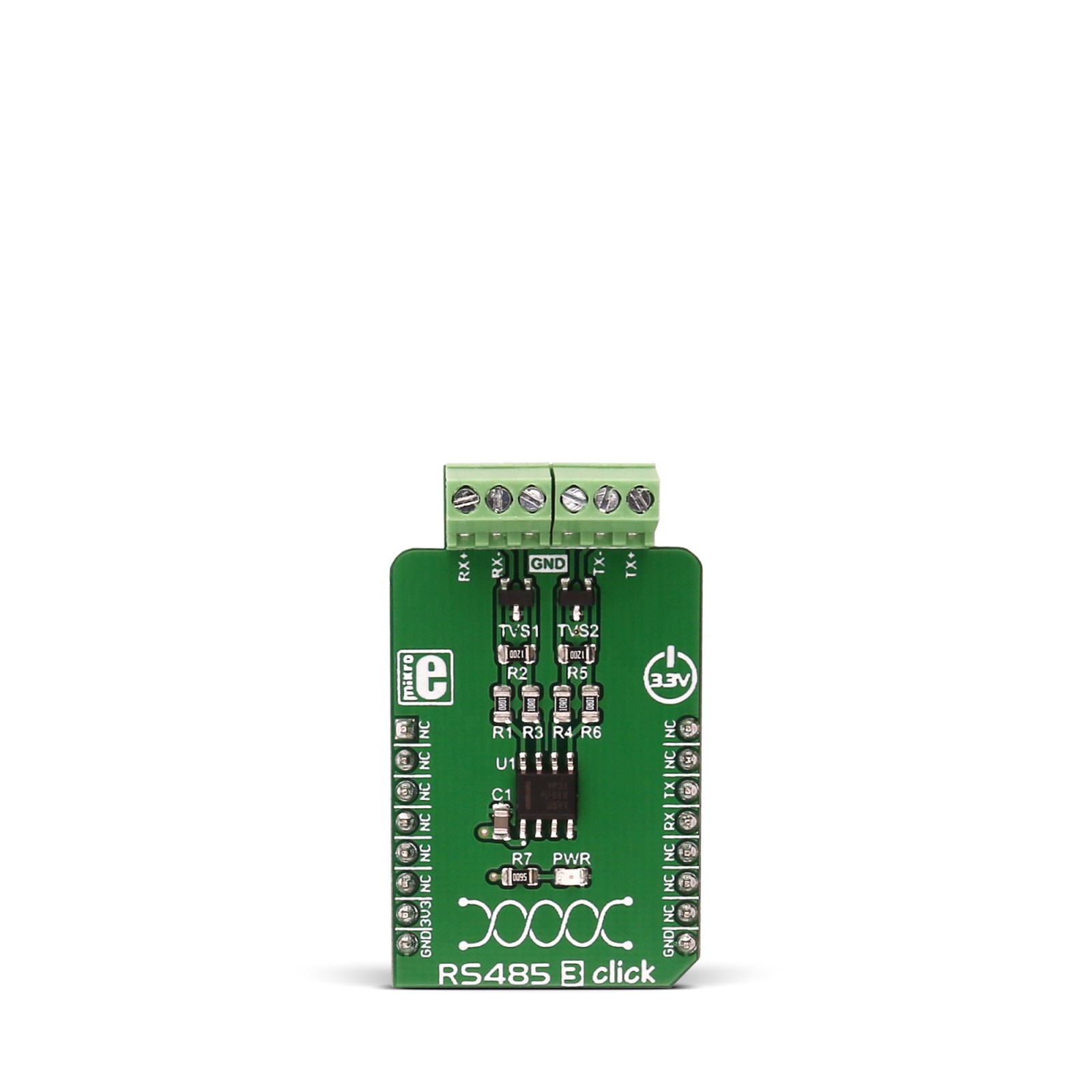
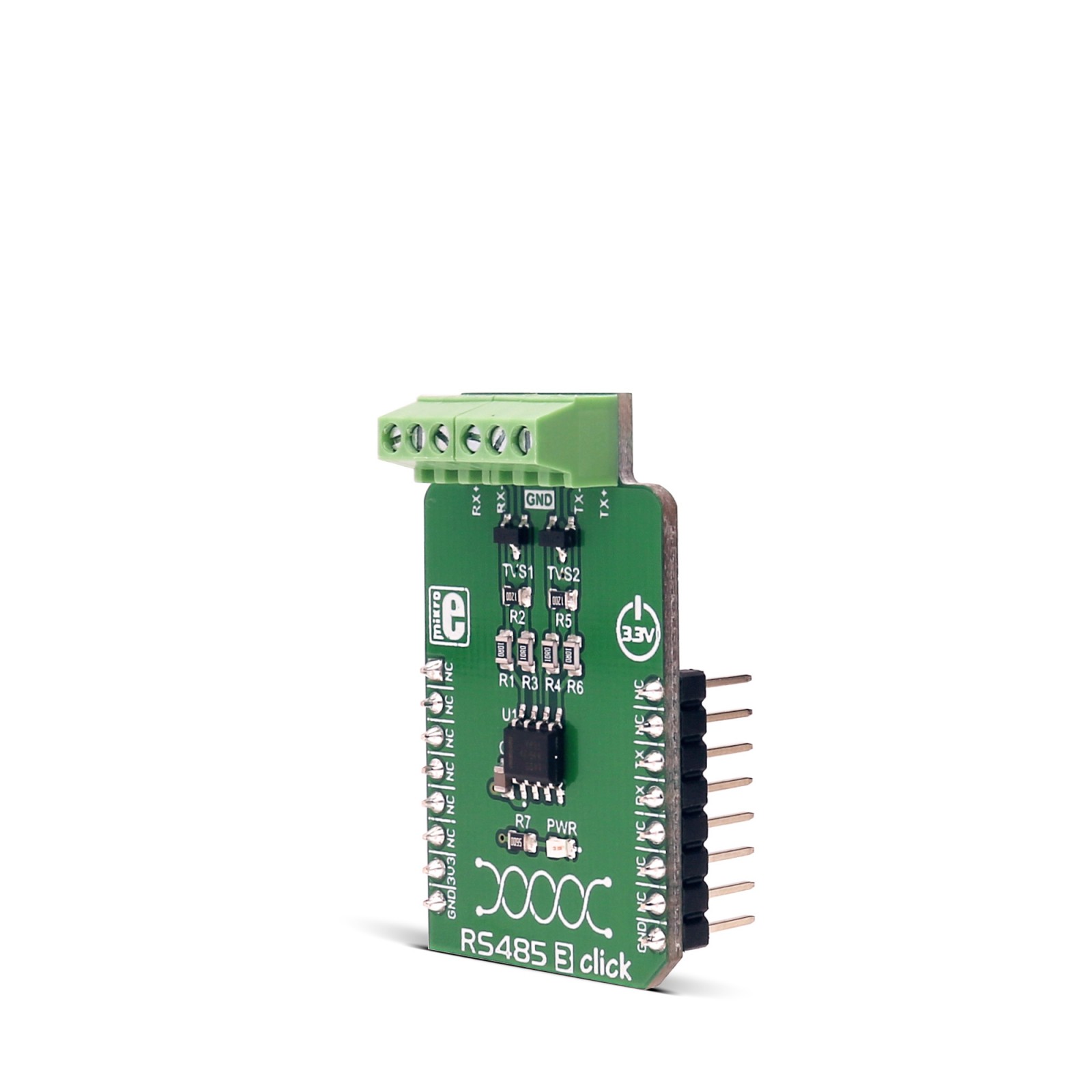
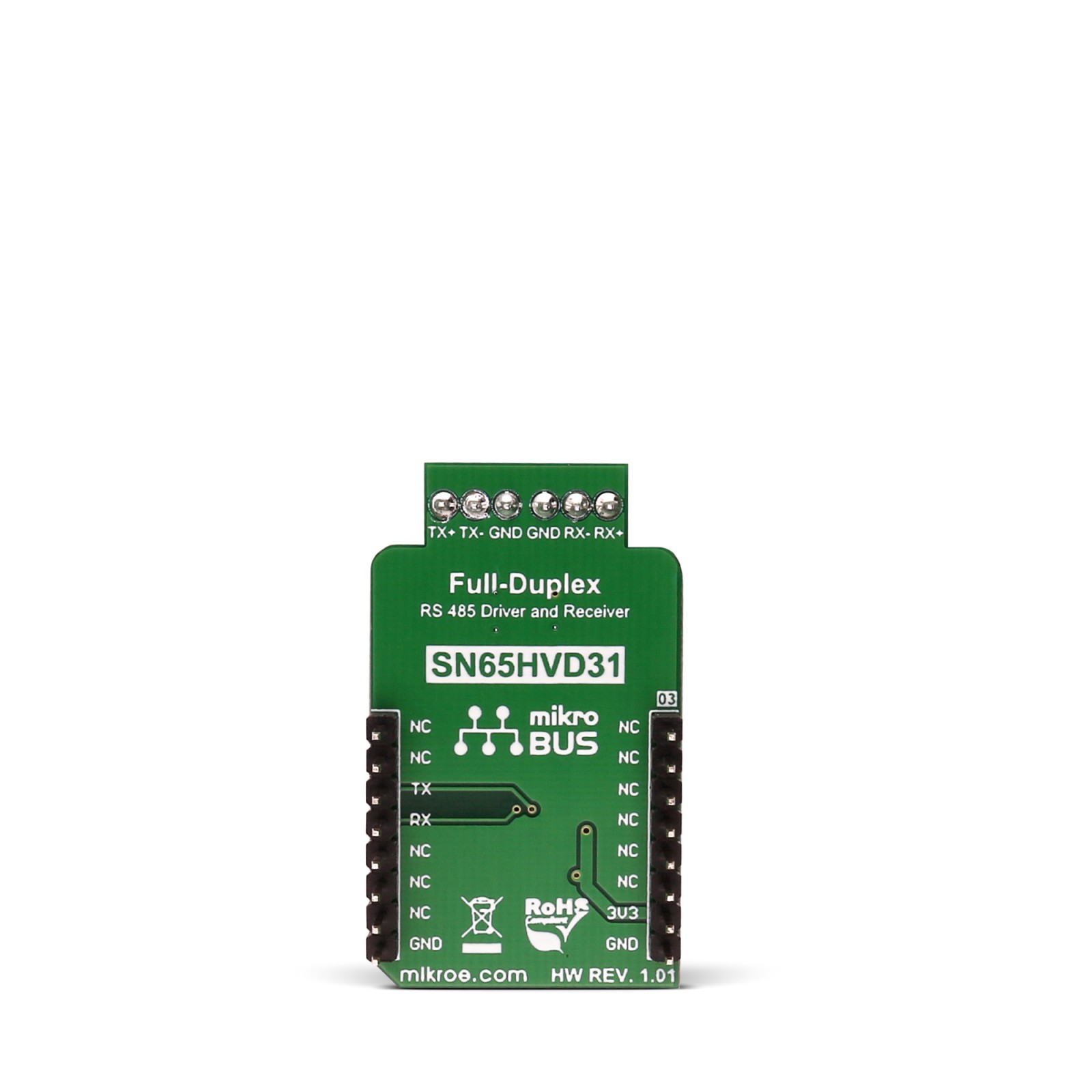
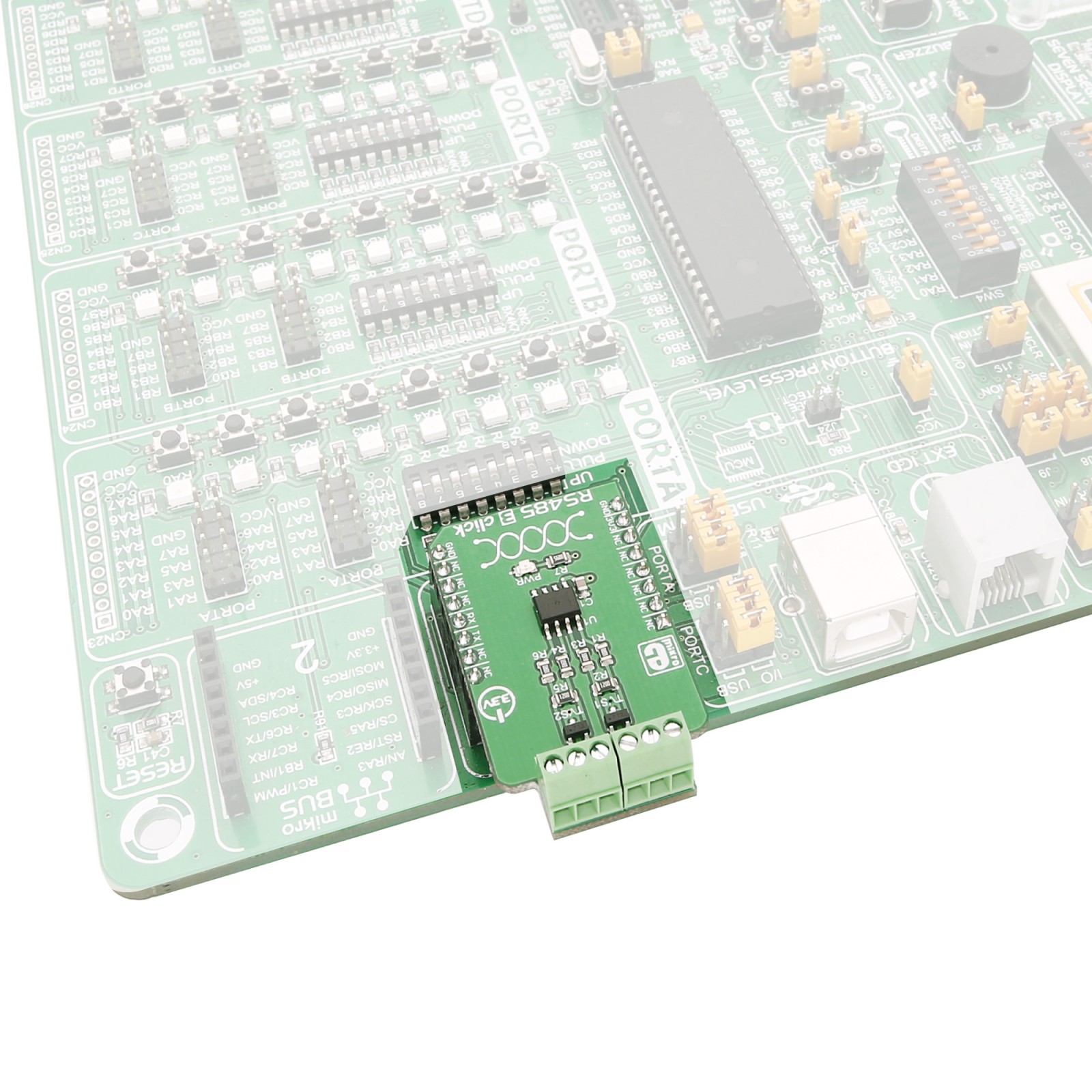

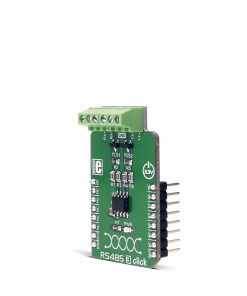

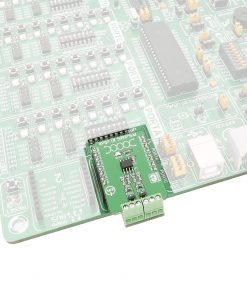
.jpg)




